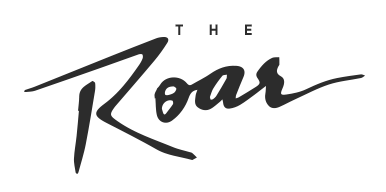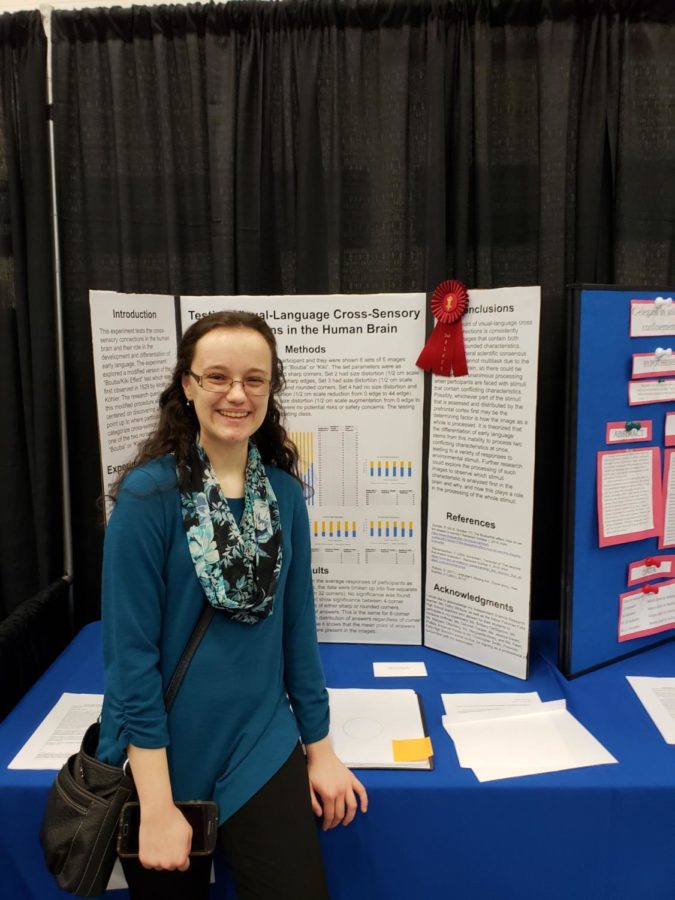Science Fair Success
Four Seniors Take Home Medals for the Regional Science Fair
Potomac Falls students have worked tirelessly all year on science projects, and that work is paying off. In the Regional Science Fair, senior Konrad Siebor won first place in the Energy: Chemical and Energy category. Senior Maddie Beckelhimer placed second in the Behavioral Science category. Seniors Jared Tyranski and Nick Haddad won third place in the Biomedical Engineering category.
The event was all day at Riverside High School, and there were 200 participants. Haddad and Tyranski’s project was Adrenalet, which is an auto-injector for allergies that is compact and portable enough to be worn on a wrist. The Adrenalet was awarded third place in the Biomedical Engineering category. “We at first were shocked, but it quickly turned to excitement, because it means we actually have the chance to create a real product,” said Haddad.
Throughout the morning, groups of representatives from companies and government firms went around to read boards and ask specific questions about the projects at hand. “The most challenging part of this event was being prepared to present to judges about this project and to show them the importance of the project and the significance of the data,” said Tyranski. “It felt rewarding to win third place in biomedical engineering because we had worked on this project for the whole year, and to have the acknowledgement of the judges meant a lot to me and my partner.”
Siebor has developing his research project since sophomore year and felt confident as this was his second year presenting at RSEF. He also presented his research over the summer in South Korea. His project involves studying the effectiveness of various algorithmically-generated surface geometries which take inspiration from nature on improving the performance of thermal materials. “The hardest part of our project was learning how to thermal model the system we were looking at. Winning was great, we were confident that we would place but the competition was definitely greater this year versus last year,” said Siebor.
For his junior year project at AOS, Siebor did the research with one of his AOS peers and two partners from Daegu Science High School in South Korea. Both pairs conducted similar projects, with only the independent variable differing. Both groups then met up to present their findings and then continue the research into this school year.
“I learned that team collaborations can really expand the scope of an idea,” said Siebor.
Beckelhimer was testing the visual-language cross-sensory connections in the human brain. “I am very passionate about my subject which concerns language acquisition and processing, as I plan to get my master’s degree in Speech-Language Pathology,” said Beckelhimer.
Her project centered on finding the mean point of visual-language cross-sensory connections in the human brain, where the processing of language and visual stimuli is intertwined. She found this by asking 110 PFHS students to label a series of images as either “Bouba” or “Kiki”. She found that responses were evenly conflicted with images that contained both rounded and angular characteristics, leading her to theorize that conflicting characteristics cause different processing methods in the brain, leading to the differentiation in naming.
“I was so excited to find out that I won second place. I had walked into the fair just hoping that I would receive an honorable mention, so I was very grateful to receive such favorable recognition for my work,” said Beckelhimer.


